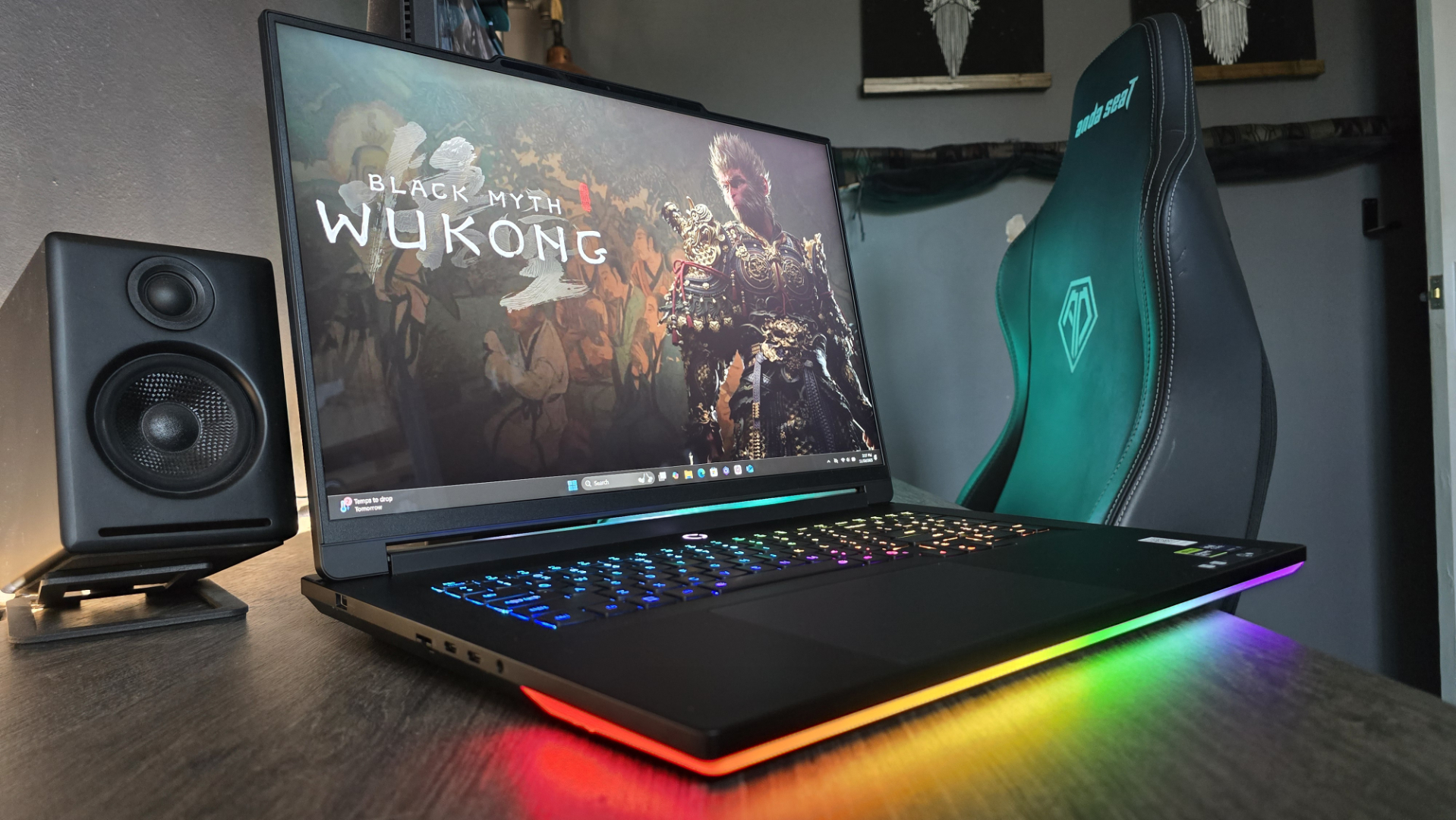Graphics cards in 2020: It was the best of years, it was the worst of years
This year teased us with the best GPUs in an age... but wouldn't let us near them.
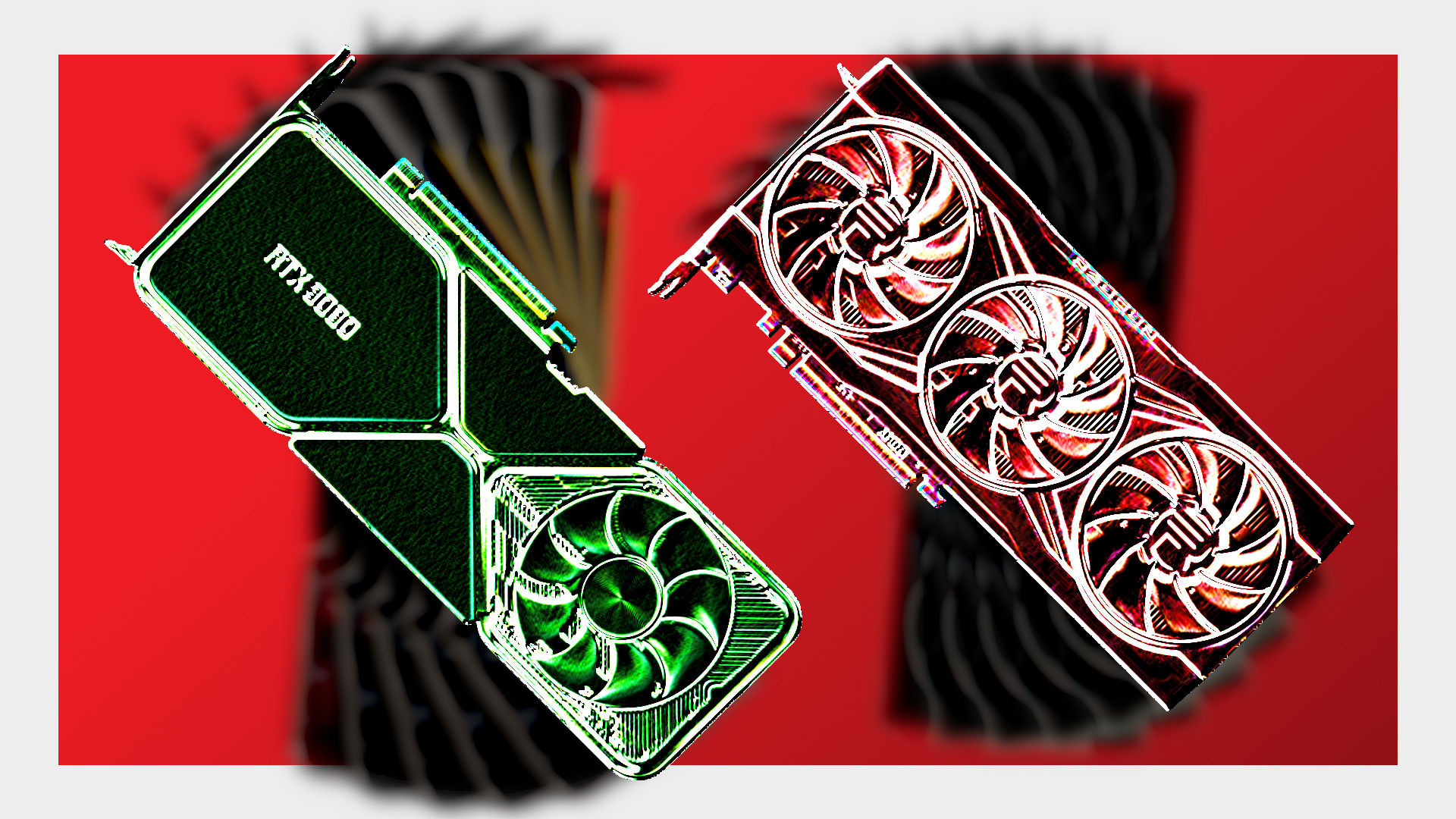
It was the best of graphics tech, it was the worst of graphics tech, it was the age of unprecedented gen-on-gen performance bumps, it was the age of marketing foolishness, it was the epoch of affordable 4K gaming, it was the epoch of $1,500 GPUs, it was the season of ray tracing, it was the season of arbitrarily not enabling ray tracing, it was the summer of great new graphics card hope, it was the winter of empty shelf despair.
Basically, in terms of new graphics cards, this year has been great... and then turned absolute dog eggs.
This ill-fated year of 2020 had a GPU-shaped bright spot shining like a beacon out of the ever encroaching darkness of Autumn. It was the technological pinnacle we had all been looking forward to. Well, some folk were getting all excited about some new pseudo-PC game boxes—look guys, we've got SSDs now—but the rest of us were holding out for the big AMD and Nvidia head-to-head.
We knew Nvidia was going to be launching the successor to its powerful Turing architecture, with the usual expected generational speed hikes, but there was the fact AMD was promising not only to deliver some genuine high-end competition to the green team, but also smash the best of Nvidia's last-gen cards by some margin.
The hype was real, as it ever is for unreleased Radeon GPUs, and while we're somewhat inured to the often wild rumoured claims of world-beating performance, this time around it felt like they had some credence. Like AMD was actually going to pull it off this time, and Nvidia actually started to sound a little worried.
AMD hadn't been at the races in the last few years, GPU-wise, preferring instead to make volumes work for it in the mainstream market, by competing in the $300-and-below price points. But we were to get serious high-end Radeon graphics cards for the first time in an aeon, and even Intel was going to turn up at the kids' table with its own discrete graphics card too. A three-way GPU market, what a time to be alive...
As a slight aside, I'm writing this in late December and though I've got a sexy new Razer Blade Stealth 13 sat next to me, with the Intel Xe GPU architecture in it, I can't count integrated CPU graphics as a win on that front. Sorry Intel.
Keep up to date with the most important stories and the best deals, as picked by the PC Gamer team.
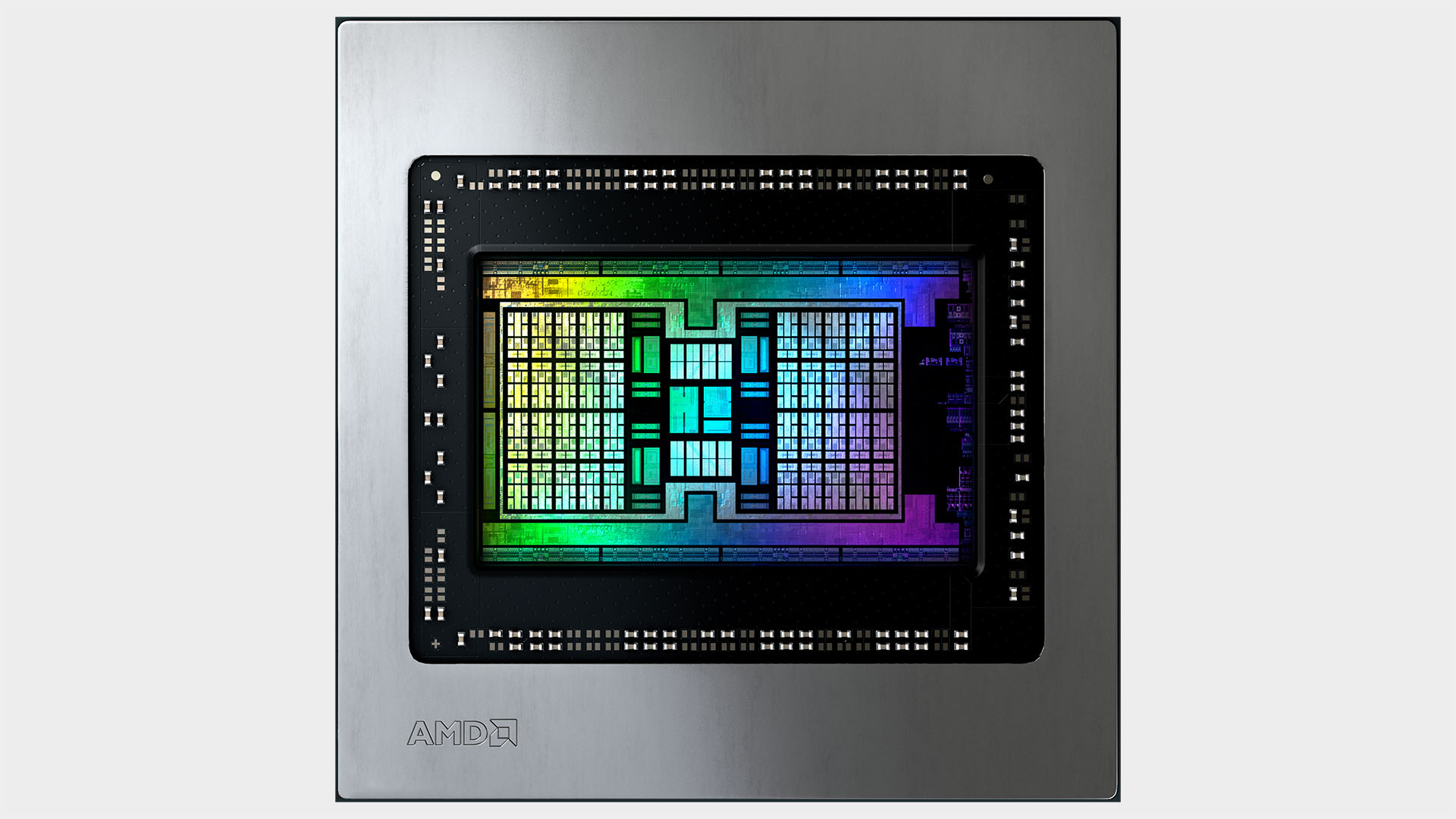
But the AMD/Nvidia battle did happen, and it was glorious.
Jen-Hsun's gang launched an almighty graphics card in the Nvidia RTX 3080, one that I called "****ing great," once more channeling the living spirit of Dickens through my prose. It crushed the previous incumbent of the fastest graphics card podium spot, and did so while costing almost half the price. The generational performance uplift is practically unprecedented, though it does like to chow down on a heap of power to deliver that. The RTX 3080 is capable of offering 4K gaming with ray tracing enabled that can match what the previous generation could manage just by pure rasterization. Which is a good thing, btw.
The Radeon response wasn't exactly swift, with the AMD RX 6800 XT launching almost two months to the day later than Nvidia's flagship Ampere GPU, but the reaction was in no way diminished. Jacob was a lot more refined in his assessment of the red team's new GPU, calling it "truly an enthusiast card worth consideration for any PC gamer with 4K in their sights."
AMD had done it, it had delivered a high-end graphics card that could ostensibly match the RTX 3080's general gaming performance and for a chunk of change less.
There are still caveats to that, however. The new AMD RDNA 2 architecture still has trouble with ray tracing, exemplified by the recent release of Vulkan Ray Tracing, a GPU-agnostic extension built for the open source API AMD itself birthed with Mantle. The RX 6800 XT is also tangibly slower at 4K gaming than the RTX 3080, despite having greater potential memory bandwidth and a larger pool of GDDR6 memory.
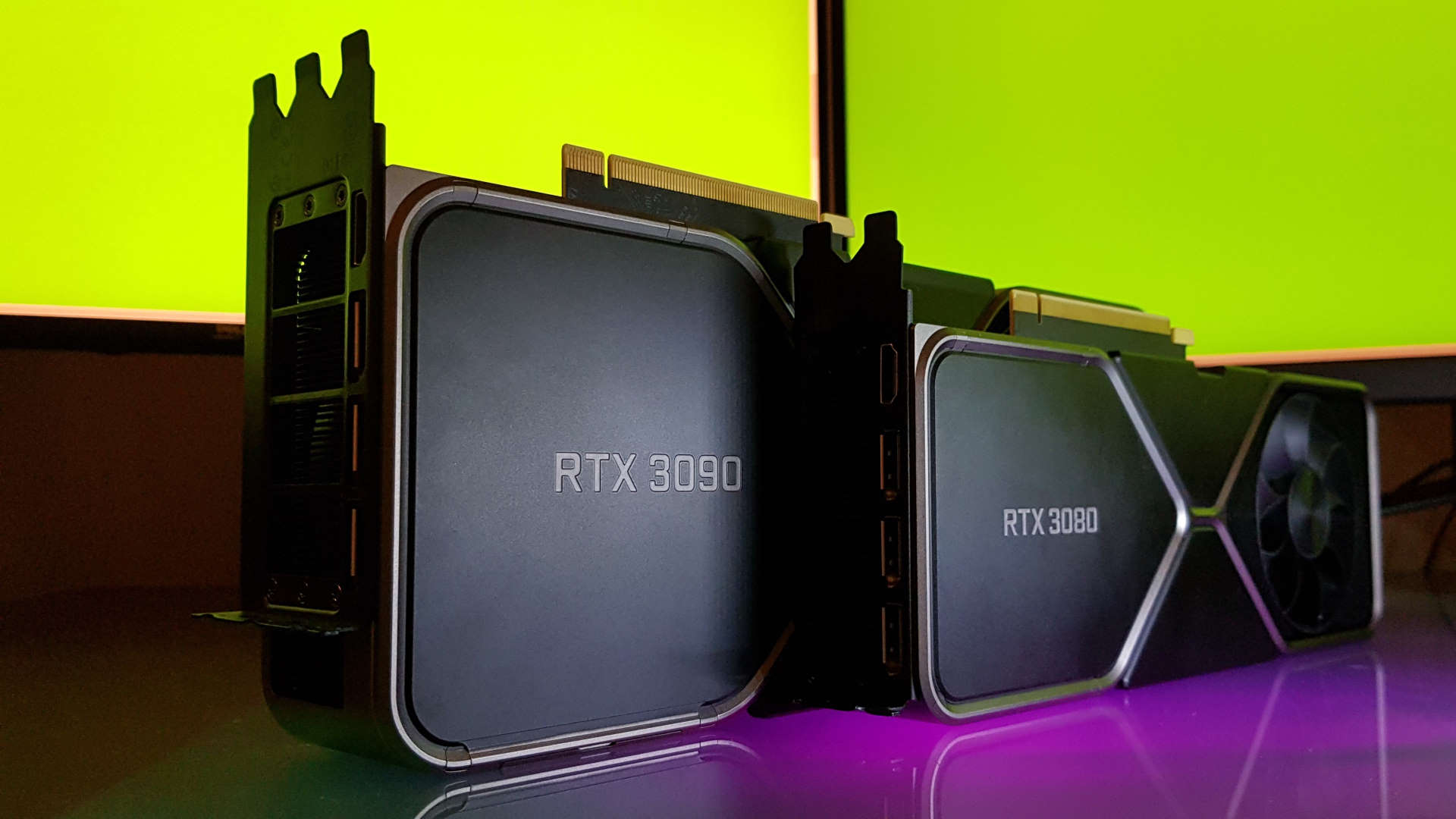
But there we were with two fantastic graphics cards, and they kept coming. Both sides released ultra-enthusiast versions—which no sane PC gamer should go anywhere near—and more affordable options which scaled the performance down, but still destroyed the previous generations' cards.
The green team launched three new RTX 30-series cards, but all three vanished from retail stock in what felt like a pico-second
Nvidia and AMD had delivered on their promises of spectacular graphics cards for us PC people, how could it be better? Anyone not actually reviewing the GPUs actually getting hold of one would have been a start.
The green team launched three new RTX 30-series cards before AMD had fired a shot, but all three vanished from retail stock in what felt like a pico-second. A working from home ecology, where people no longer had to spend on commuting, were tied to their PCs almost 24/7, and just desperately needed some good ol' fashioned retail therapy to feel even the most fleeting spark of joy, all combined to create unprecedented demand for a set of GPUs that made it worth a damn to upgrade pretty much any graphics card you might own.
That and the fact a million-bot army was unleashed by wouldbe resellers upon the world which sunk most retailers the instant cards went on sale, and effectively ended Nvidia selling cards through its own shop. The green team spoke publicly about the difficulties it had in a blog post about the situation where it admitted it was "overrun with malicious bots and resellers."
The GeForce launches did get better as things moved on, but stock still only lasted minutes longer even after all the bot protection initiatives were enabled. For the Nvidia RTX 3070 launch company reps told me that while they had more stock than for any other launch (thanks to a two week delay to up the available numbers) it could have still sold five times as many on day one.
Nvidia's struggle to satisfy demand, and the subsequent consumer rage at not being able to throw money at them, seemed to please some of the marketing bods at AMD. Frank Azor, Alienware co-founder and now AMD marketing chief architect (?), leaned into the green team's struggle to assure folks his company's new CPU and GPU launches wouldn't have the same problems.
I look forward to taking your $10 :)September 24, 2020
Almost inevitably the AMD RX 6800-series launches were worse. Products didn't even appear on sale before suddenly being listed as out of stock, Microcenter refused to allow online sales, which lead to people camping outside various stores in the depths of a pandemic, and B&H Photo actually refused to take any pre-orders as it couldn't guarantee any stock at all in 2020.
After posting a much-maligned tweet where he was able to buy himself a new card, Azor mysteriously went quiet.
Just successfully ordered an @amd @Radeon RX 6800 for myself on https://t.co/MnReZDudwp. Required some refreshing to get the order through but it worked. pic.twitter.com/0ERpS2BmnANovember 18, 2020
Then, about a month later, came the third-party RX 6800-series launch. Where manufacturers could show off their own designs and more AMD cards would actually appear. And yet there weren't even enough cards for launch day reviews to even be written, let alone enough cards to offer even a semblance of release stock.
Since the various launches Nvidia cards are at least occasionally popping back into stores here and there, but are generally picked off immediately by enterprising folk avidly following stock-checkers. That's not to say the situation is in any way looking good for people chasing either side's GPUs, but some people are actually able to get themselves new cards with a bit of diligence and a lot of effort. Our Wes has picked up an RTX 3070, one of Jacob's buddies has bagged an RTX 3060 Ti, though Tim is desperately trying to get hold of an RTX 3080.
On the AMD side there is no visibility of any subsequent shipments of Radeon GPUs filtering into stores, and so anyone who failed to pick up an RX 6800 XT, RX 6800, or RX 6900 XT at launch seem to be out of luck.
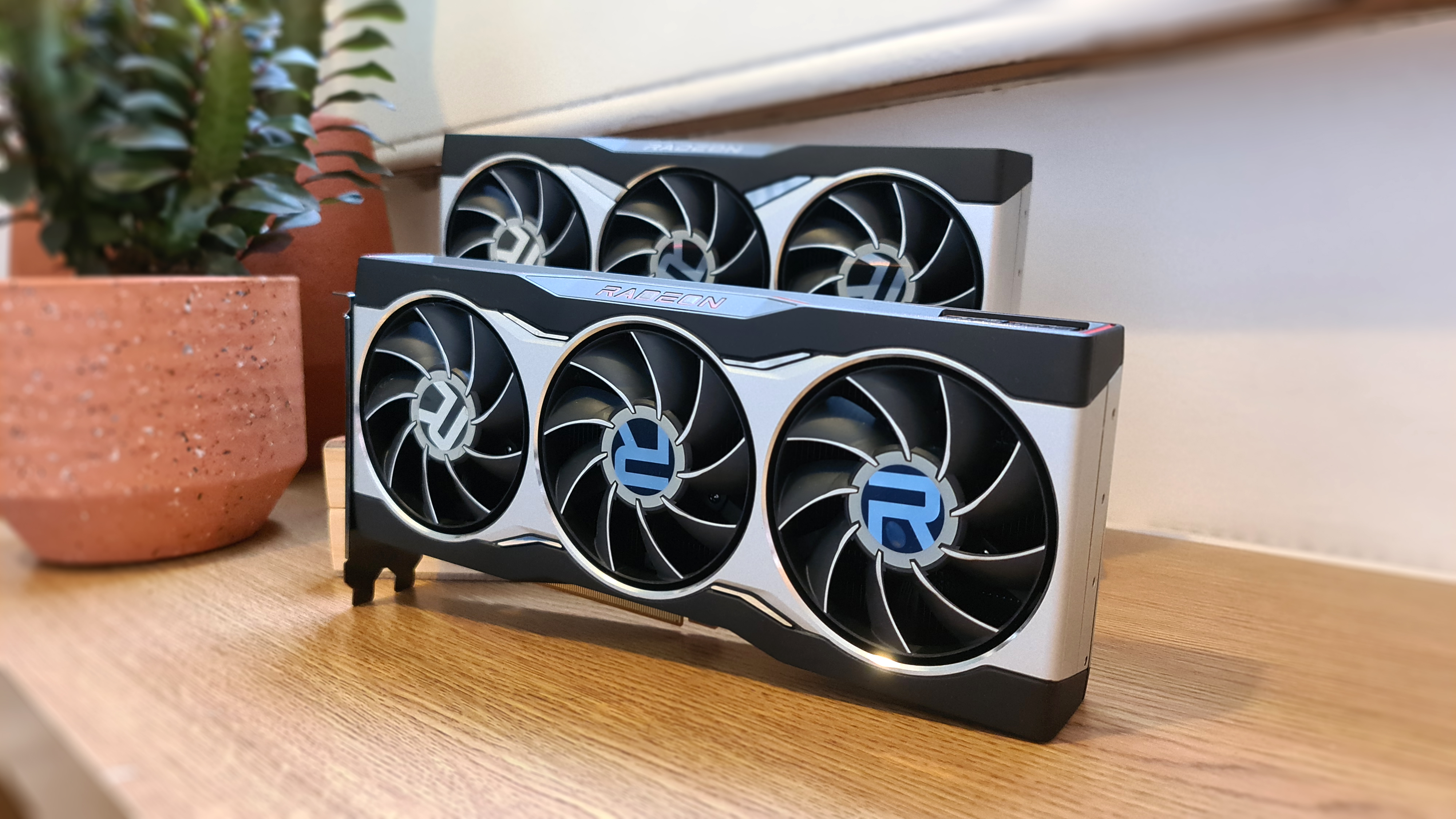
One of the relentless tech themes of this year has been the struggle between supply and demand, and it's by no means limited to graphics cards. Everything from PSUs to PS5s have been all but impossible to purchase. But where it stings the most is with this new generation of GPUs. They're the best graphics cards we've ever seen from either AMD or Nvidia, and that makes all the hoops we have to jump through to even get a chance to see some random third-party card pop up in stock even more hard to swallow.
There are a host of different versions of every GPU, which ought to give us a huge amount of choice. Instead we have to make do with whichever option is available at any given moment. And that sucks, especially given the Founders Edition of Nvidia's cards are easily the ultimate expression of Ampere, and AMD has actually made a pretty stunning reference card itself.
But the horrendous situation won't last, more stock will fill the shelves after the new year… and there'll be more new GPUs coming soon to get all gooey over too. But it's all just one more reason to want to see the back of 2020 as quickly as possible.

Dave has been gaming since the days of Zaxxon and Lady Bug on the Colecovision, and code books for the Commodore Vic 20 (Death Race 2000!). He built his first gaming PC at the tender age of 16, and finally finished bug-fixing the Cyrix-based system around a year later. When he dropped it out of the window. He first started writing for Official PlayStation Magazine and Xbox World many decades ago, then moved onto PC Format full-time, then PC Gamer, TechRadar, and T3 among others. Now he's back, writing about the nightmarish graphics card market, CPUs with more cores than sense, gaming laptops hotter than the sun, and SSDs more capacious than a Cybertruck.

